ATEX DIVISION SEMACE GROUP
This division has been a pioneer in the installation of anti-explosion devices and elements since its origins in the 80's. It was created by our technicians, collaborators and customers interests to protect facilities located in potentially explosive areas.
Request more informationATEX DIVISION
ATEX Consulting
Elaboration of explosion safety documents (DOPEX)
Supply of preventive/corrective equipment
Adaptation of installations to ATEX regulations
DOPEX
Since the transposition of the ATEX directives took place in 2003, the European legislation obliges the employer to develop and update a document known as "Explosion Safety Document".
The “Explosion Protection Document” must reflect:
- That the explosion risks have been determined and assessed.
- That adequate measures will be taken to achieve the protection of the health and safety of workers who could be exposed to risks derived from explosive atmospheres.
- That the work areas have been classified into zones in accordance with the directive.
The explosion safety document "DOPEX" will be part of the documentation required by Art. 23 (Law of Prevention of Occupational Hazards). It may constitute a specific document or can be part of the general risks and protective and preventive measures documentation.
The ATEX DIVISION of the SEMACE GROUP carries out technical diagnoses of each installation, assessing with the necessary details and actions to enable them to draw up the risk assessment, the classification of zones, the preventive action plan and the Explosion Prevention Document. Always in accordance with the provisions of Law 31/95, to which RD-681/03 refers.


VENT PANELS
One of the most cost-effective forms of explosion relief in confined vessels or equipment is the use of Atex Vent Panels.


A vent panel basically consists of one or two sheets of stainless-steel combined with very thin layers of plastic, forming an assembly. The metal sheets are slotted or perforated to ensure that the panel opens at the designed opening pressure.
This type of panel offers the following general properties:
- Robust, non-fragmentable, corrosion-resistant design.
- Fail-safe construction. Operates at lower pressures in case of failure.
- Easy installation and controlled venting.
- Ability to operate at high temperatures.
- Minimal maintenance (visual inspection or optional opening detector).
Semace supplies all types of panels (rectangular, circular or triangular) with areas ranging from 0.05m2 to 1.40m2 and with opening pressures suitable for each application.
SAFETY VALVES
ATEX safety valves are prepared to vent explosions and extinguish the flames to prevent spreading in the surrounding areas.
They are used to allow explosion venting in situations where a post-vent fire hazard is not permissible (e.g. in equipment located inside a plant), whose venting cannot be channeled outside.
These are the features of standard manufactured valves:
- Metal perimeter mesh to absorb and neutralize flame.
- Frictionless opening and closing. Specific opening pressure at 0.05 bar.
- Automatic hermetic closing of the machines and elements of the installation.
- Opening detector. Maintenance free.
The safety valves supplied by Semace have a venting area ranging from 0.05m2 to 0.4 m2 and have been successfully working for decades. They are certified according to the latest ATEX guideline EN 16009.


SUPPRESSION SYSTEMS
One of the most effective ways to relief explosions in confined vessels or equipment is the use of a suppression system.


In this field, Semace has made dozens of installations in elevators, hoppers, filters and conveyors.
It operates in three steps:
- Detection: achieved by means of pressure or light activated components. The process conditions determine the most appropriate configuration.
- Initiation: after detection, a signal indicating that a combustion process has been detected is sent to the electronic control system.
- Suppression: this is carried out by discharge of the extinguishing agent. Explosion suppression is possible thanks to the short reaction time of our systems, which detect and extinguish an incipient explosion in just a few milliseconds. The number of bottles and the type of product as extinguishing agent will vary according to the size and design of the equipment.


